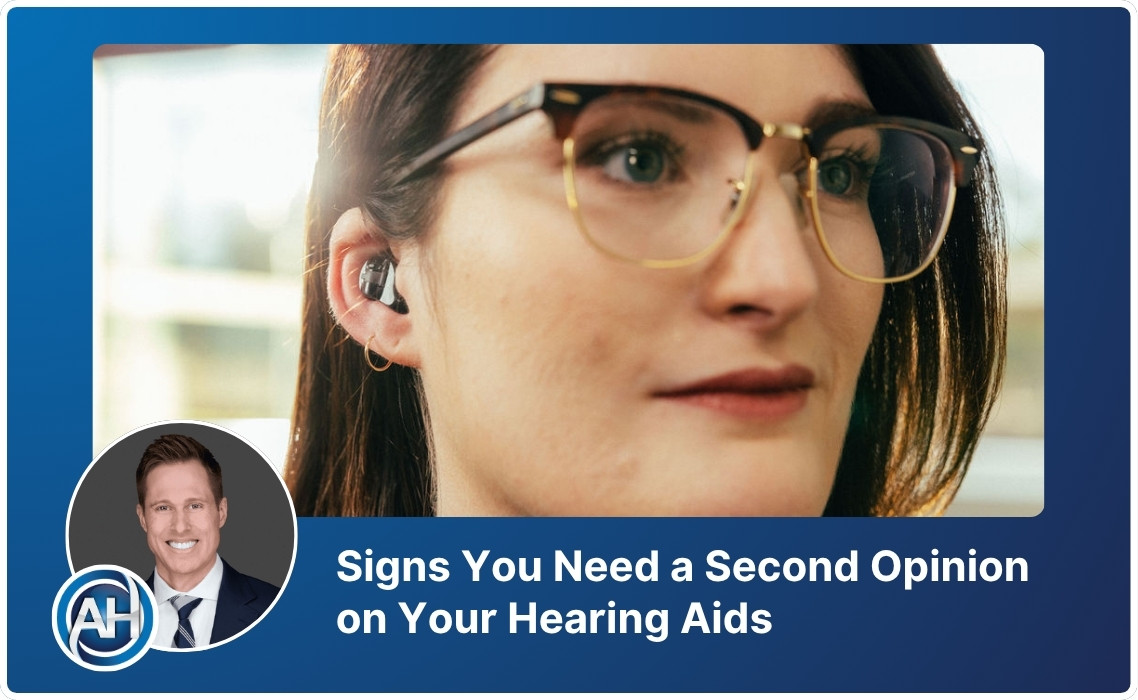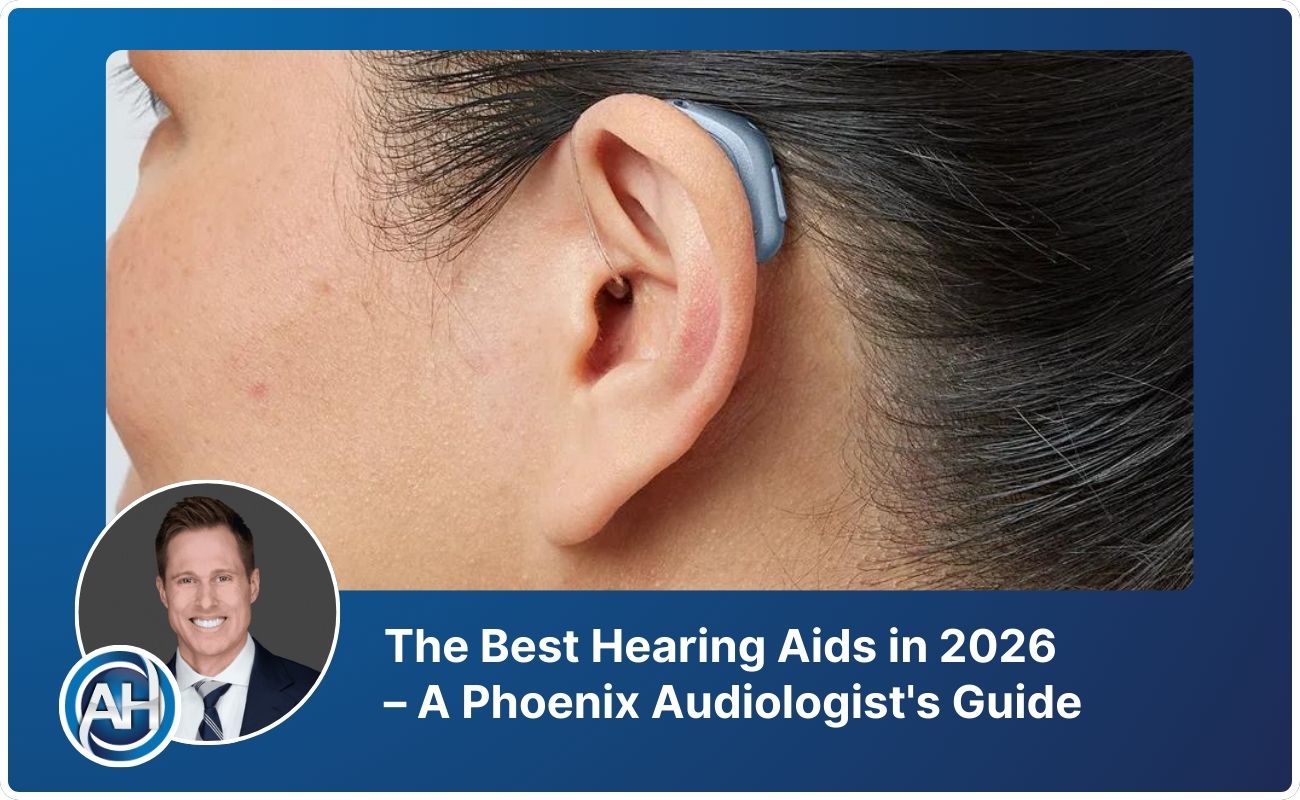
Signs You Need a Second Opinion on Your Hearing Aids
Warning signs for hearing aid second opinions include unclear speech, persistent feedback, discomfort, and lack of Real Ear Measurement verification.
Integrate your CRM with other tools
Lorem ipsum dolor sit amet, consectetur adipiscing elit lobortis arcu enim urna adipiscing praesent velit viverra sit semper lorem eu cursus vel hendrerit elementum morbi curabitur etiam nibh justo, lorem aliquet donec sed sit mi dignissim at ante massa mattis.
- Neque sodales ut etiam sit amet nisl purus non tellus orci ac auctor
- Adipiscing elit ut aliquam purus sit amet viverra suspendisse potenti
- Mauris commodo quis imperdiet massa tincidunt nunc pulvinar
- Adipiscing elit ut aliquam purus sit amet viverra suspendisse potenti
How to connect your integrations to your CRM platform?
Vitae congue eu consequat ac felis placerat vestibulum lectus mauris ultrices cursus sit amet dictum sit amet justo donec enim diam porttitor lacus luctus accumsan tortor posuere praesent tristique magna sit amet purus gravida quis blandit turpis.

Techbit is the next-gen CRM platform designed for modern sales teams
At risus viverra adipiscing at in tellus integer feugiat nisl pretium fusce id velit ut tortor sagittis orci a scelerisque purus semper eget at lectus urna duis convallis. porta nibh venenatis cras sed felis eget neque laoreet suspendisse interdum consectetur libero id faucibus nisl donec pretium vulputate sapien nec sagittis aliquam nunc lobortis mattis aliquam faucibus purus in.
- Neque sodales ut etiam sit amet nisl purus non tellus orci ac auctor
- Adipiscing elit ut aliquam purus sit amet viverra suspendisse potenti venenatis
- Mauris commodo quis imperdiet massa at in tincidunt nunc pulvinar
- Adipiscing elit ut aliquam purus sit amet viverra suspendisse potenti consectetur
Why using the right CRM can make your team close more sales?
Nisi quis eleifend quam adipiscing vitae aliquet bibendum enim facilisis gravida neque. Velit euismod in pellentesque massa placerat volutpat lacus laoreet non curabitur gravida odio aenean sed adipiscing diam donec adipiscing tristique risus. amet est placerat.
“Nisi quis eleifend quam adipiscing vitae aliquet bibendum enim facilisis gravida neque velit euismod in pellentesque massa placerat.”
What other features would you like to see in our product?
Eget lorem dolor sed viverra ipsum nunc aliquet bibendum felis donec et odio pellentesque diam volutpat commodo sed egestas aliquam sem fringilla ut morbi tincidunt augue interdum velit euismod eu tincidunt tortor aliquam nulla facilisi aenean sed adipiscing diam donec adipiscing ut lectus arcu bibendum at varius vel pharetra nibh venenatis cras sed felis eget.
Many people assume that struggling with their hearing aids is simply part of the adjustment process. While there is a normal adaptation period when you first begin wearing hearing aids, persistent problems often indicate issues with your device selection, programming, or fitting that won't resolve on their own.
If you've been wearing hearing aids for several months and still feel frustrated with your hearing experience, you may benefit from a comprehensive second opinion. Recognizing the warning signs early can save you from years of suboptimal hearing and help you achieve the clarity you deserve.
Your Hearing Aids Make Everything Louder But Speech Still Isn't Clear
One of the most common complaints we hear from existing hearing aid users is that their devices amplify all sounds but don't improve speech understanding. You might notice that your hearing aids make environmental sounds like traffic, air conditioning, or background chatter much louder, but conversations still sound muffled or unclear.
This typically indicates that your hearing aids are not programmed correctly to your specific hearing loss prescription. Many hearing care providers rely on manufacturer first-fit settings, which are educated guesses about your amplification needs. Without proper verification through Real Ear Measurement, you may be receiving too much amplification in some frequencies and not enough in others.
When hearing aids are programmed properly, you should experience clearer speech understanding, not just increased volume. If loud sounds feel overwhelming while soft speech remains difficult to understand, your devices likely need reprogramming to match your actual hearing loss prescription.
You Still Can't Understand Speech in Background Noise
Hearing clearly in restaurants, social gatherings, or other noisy environments represents the primary goal for most hearing aid users. If you continue to struggle with speech understanding in background noise after wearing your hearing aids for several months, this suggests either inadequate technology for your hearing loss or improper programming of advanced features.
Modern hearing aids include sophisticated noise reduction and speech enhancement features, but these must be activated and customized for your specific needs. Many hearing care providers never progress beyond basic programming, leaving advanced features unused or improperly configured.
Your hearing aids should provide noticeable improvement in noisy situations compared to your unaided hearing. While challenging environments will never sound exactly like they did before your hearing loss, properly programmed hearing aids with appropriate technology should allow you to participate in conversations even when background noise is present.
You Experience Constant Feedback or Whistling
Persistent feedback, whistling, or squealing from your hearing aids indicates either poor physical fit or programming issues that can be resolved. Occasional feedback when inserting or removing your hearing aids is normal, but constant whistling during regular wear suggests problems that require professional attention.
Feedback issues often stem from inadequate ear canal sealing, worn or inappropriate ear domes, or programming that exceeds your hearing aid's feedback management capabilities. These problems may indicate that you need different ear domes, custom earmolds, or hearing aids with more advanced feedback cancellation technology.
Some hearing care providers attempt to eliminate feedback by reducing overall amplification, which compromises your speech understanding. Proper feedback management should eliminate whistling while maintaining the amplification you need for optimal hearing.
Your Hearing Aids Feel Uncomfortable or Fall Out Frequently
Hearing aids should feel comfortable during all-day wear and remain securely positioned in your ears during normal activities. If your devices cause pain, irritation, or frequently work loose, this indicates improper fitting that goes beyond normal adjustment issues.
Comfort problems may stem from incorrect ear dome selection, inadequate custom earmold design, or choosing hearing aid styles that don't match your ear canal anatomy. Some hearing losses require specific physical configurations that not all hearing aid styles can accommodate effectively.
Physical fit directly impacts both comfort and acoustic performance. Poorly fitting hearing aids may create feedback issues, reduce amplification effectiveness, and cause you to avoid wearing your devices consistently.
You Avoid Wearing Your Hearing Aids Regularly
If you find yourself leaving your hearing aids at home, removing them frequently throughout the day, or only wearing them for special occasions, this suggests problems with your hearing treatment that won't improve without intervention.
Successful hearing aid users typically wear their devices all waking hours because the benefits clearly outweigh any inconvenience. When hearing aids are properly selected, programmed, and fit, most people quickly adapt to consistent use because their hearing improvement is immediately apparent.
Avoidance behaviors often indicate that your hearing aids aren't providing sufficient benefit to justify the effort of wearing them. This may result from inappropriate technology selection, inadequate programming, poor physical fit, or unrealistic expectations that were never properly addressed.
Your Hearing Seems to Be Getting Worse Despite Wearing Hearing Aids
While some degree of hearing loss progression is normal over time, you shouldn't experience dramatic declines in hearing ability if your hearing aids are working properly. If you notice that even with your hearing aids, understanding speech is becoming increasingly difficult, this warrants professional evaluation.
Sometimes what feels like worsening hearing reflects gradual changes in your hearing loss that require programming adjustments. Your hearing aids may still be programmed for your original hearing test results, even though your hearing has changed since your initial fitting.
Regular hearing evaluations and programming updates are necessary to maintain optimal performance as your hearing changes. If your hearing care provider hasn't performed updated testing and programming adjustments, you may be experiencing unnecessary hearing difficulties.
You Never Received Real Ear Measurement During Your Fitting
Real Ear Measurement represents the gold standard for hearing aid programming, yet less than 30% of hearing care providers routinely perform this verification procedure. If you don't remember having thin tubes placed in your ears while your hearing aids were being programmed, you likely never received proper verification.
Without Real Ear Measurement, there's no way to confirm that your hearing aids are delivering the correct amount of amplification for your specific hearing loss. Even identical hearing losses require different programming approaches based on individual ear canal characteristics that can't be estimated from hearing test results alone.
This verification process measures the actual sound output at your eardrum while wearing your hearing aids, allowing for precise adjustments that match your hearing loss prescription. Many hearing aid performance issues can be traced back to inadequate initial programming that was never properly verified.
Our Applied360 Review Can Identify the Problem
When existing hearing aid users visit our clinic, we've consistently found that dissatisfaction stems from one or more of three issues: inappropriate hearing aid selection for their hearing loss, mechanical malfunction of their devices, or improper programming to their hearing loss prescription.
Our Applied360 Review process systematically evaluates each of these potential problems through comprehensive testing and analysis. This 2-hour evaluation includes updated hearing testing, thorough examination of your current hearing aids' performance capabilities, and Real Ear Measurement to verify whether your devices are programmed correctly.
During your Applied360 Review, we'll determine whether your hearing aids are capable of successfully treating your hearing loss or if different technology would better serve your needs. We perform diagnostic testing to confirm your devices meet manufacturer specifications for mechanical performance.
Three Possible Outcomes and Recommendations
Based on your Applied360 Review results, we'll provide one of three specific recommendations tailored to your situation.
If we determine that your hearing aids are already optimized and functioning correctly, we'll recommend continuing with your current provider or transitioning to our Applied360 Thrive long-term care program. While this outcome is rare, it can occur when you've been receiving comprehensive Best Practice care.
More commonly, we find that you have appropriate hearing aid technology that's capable of successfully treating your hearing loss, but the devices need our Applied360 Refit program to optimize their performance through proper programming and verification.
In cases where your current hearing aids cannot adequately address your hearing loss due to age, feature limitations, or inappropriate initial selection, we'll recommend new hearing aid technology along with our Applied360 Fit 45-day Best Practice fitting sequence.
Schedule Your Applied360 Review Today
If you recognize several of these warning signs in your own hearing aid experience, don't assume that struggling with your devices is normal or that nothing can be done to improve your situation. Many hearing aid users are surprised to discover how much better their hearing can be when their devices are properly selected, programmed, and verified.
Our Applied360 Review will provide clear answers about whether your current hearing aids can be optimized or if different technology would better serve your needs. By the end of your evaluation, you'll know exactly what steps are necessary to achieve optimal hearing performance.
Contact us at (602) 877-0000 to schedule your Applied360 Review and discover whether your hearing aids are truly helping you hear your absolute best.




